Home>Home Appliances>Cleaning Appliances>How Often To Change Mop Water
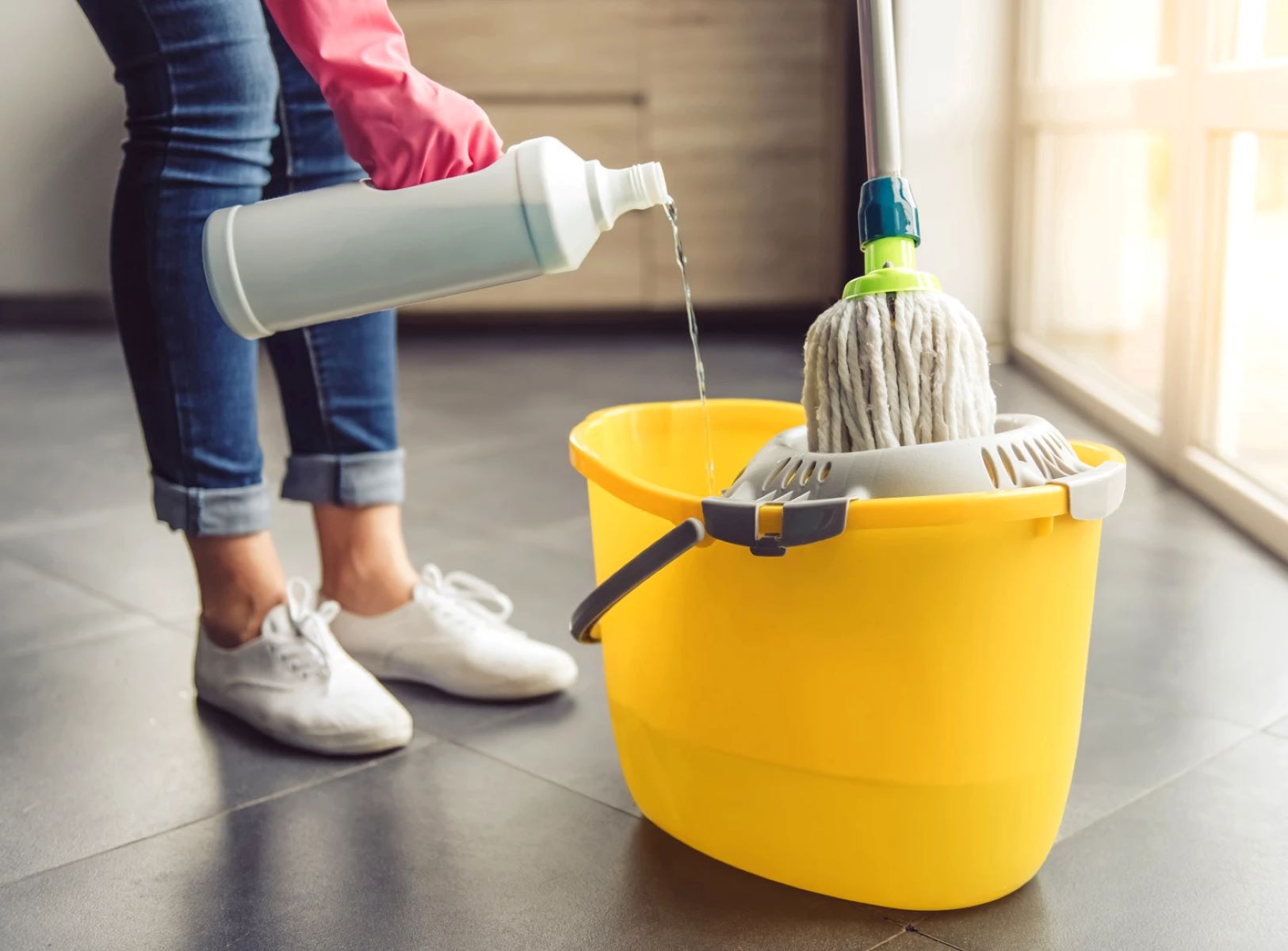

Cleaning Appliances
How Often To Change Mop Water
Modified: February 25, 2024
Discover the best practices for changing mop water frequency and maintaining your cleaning appliances for optimal performance. Keep your space clean and hygienic with these expert tips.
(Many of the links in this article redirect to a specific reviewed product. Your purchase of these products through affiliate links helps to generate commission for Storables.com, at no extra cost. Learn more)
Introduction
Maintaining a clean and hygienic living environment is a top priority for many individuals and families. When it comes to cleaning floors, using a mop is a common and effective method. However, the effectiveness of the cleaning process is heavily reliant on the cleanliness of the mop and the water used during the mopping. The question of how often to change mop water is a crucial consideration in ensuring that the cleaning process is as effective as possible.
In this article, we will delve into the importance of changing mop water regularly, the factors that influence the frequency of water changes, the recommended intervals for changing mop water, and the signs that indicate when it's time to change the water. By understanding these aspects, you can optimize the cleanliness of your floors and create a healthier indoor environment for you and your loved ones. So, let's explore the significance of maintaining fresh mop water and the best practices for achieving spotless floors.
Key Takeaways:
- Change mop water regularly to prevent spreading dirt and bacteria, eliminate odors, and protect floor surfaces. It’s crucial for maintaining a clean and healthy indoor environment.
- Factors like area size, dirt level, and flooring type affect how often you should change mop water. Stay attentive to signs like discoloration and odors to ensure effective cleaning.
Importance of Changing Mop Water
Changing mop water regularly is a fundamental aspect of effective cleaning. The water in the mop bucket can quickly become laden with dirt, grime, and contaminants as the mop is used to clean various surfaces. Failure to change the water can result in spreading dirt and bacteria around rather than removing them from the floor. Here are several key reasons highlighting the importance of changing mop water:
- Preventing Cross-Contamination: When the mop water becomes soiled, it can transfer dirt, germs, and other impurities from one area to another. This can lead to the spread of bacteria and contaminants, compromising the cleanliness of the entire space.
- Enhancing Cleaning Performance: Fresh, clean water is more effective at lifting and removing dirt and stains from the floor. By regularly changing the mop water, you ensure that the cleaning process remains efficient and thorough.
- Eliminating Unpleasant Odors: Dirty mop water can emit unpleasant odors, which can permeate the air and create an unappealing indoor environment. Changing the water frequently helps in preventing the buildup of odors.
- Preserving Indoor Air Quality: As the mop is used to clean, particles and contaminants are lifted from the floor and can become suspended in the water. Regularly changing the water prevents these particles from being reintroduced into the air during subsequent mopping sessions.
- Protecting Floor Surfaces: Dirty water can leave residue on the floor, potentially causing streaks or discoloration. By using clean water, you can maintain the integrity and appearance of your flooring.
By recognizing the significance of changing mop water, you can ensure that your cleaning efforts yield optimal results, contributing to a healthier and more pleasant indoor environment.
Factors Affecting Frequency of Mop Water Change
The frequency at which mop water should be changed can vary based on several factors, each of which influences the level of dirt, contaminants, and cleaning efficacy. Understanding these factors is essential for determining the most suitable intervals for changing the water in your mop bucket. Here are the key factors that affect the frequency of mop water change:
- Size of the Area Being Cleaned: Larger surface areas require more extensive mopping, which can result in the water becoming soiled more quickly. If you are cleaning a spacious area, such as a commercial space or a large home, you may need to change the mop water multiple times during the cleaning process.
- Level of Dirt and Grime: The amount of dirt and grime present on the floor directly impacts how quickly the mop water becomes dirty. High-traffic areas, kitchens, and entryways tend to accumulate more dirt, necessitating more frequent water changes.
- Type of Flooring: Different flooring materials have varying levels of porosity and susceptibility to staining. For example, tile and grout floors may require more frequent water changes compared to sealed hardwood or laminate floors.
- Cleaning Solution Used: If you add a cleaning solution or detergent to the mop water, it can affect the water’s longevity. Some solutions may become less effective over time, prompting the need for more frequent changes.
- Presence of Spills or Stains: When dealing with spills or stubborn stains, the mop water can quickly become contaminated. In such instances, changing the water before continuing to clean is advisable to prevent spreading the mess.
- Frequency of Mopping: If you mop your floors frequently, the water may become soiled more rapidly. Conversely, if mopping is less frequent, the water may remain cleaner for a longer duration.
By considering these factors, you can tailor your approach to changing mop water based on the specific cleaning requirements of your space, ultimately optimizing the cleanliness and hygiene of your floors.
Change mop water every 100-200 square feet or when it becomes dirty. This ensures you are cleaning effectively and not spreading dirt around.
Recommended Frequency for Changing Mop Water
While the frequency of changing mop water can be influenced by various factors, there are general guidelines that can help determine the most suitable intervals for refreshing the water in your mop bucket. Adhering to these recommendations can significantly enhance the effectiveness of your cleaning routine. Here are the recommended frequencies for changing mop water:
- For Residential Settings: In a typical household with moderate foot traffic, it is advisable to change the mop water after cleaning each room or section of the house. This ensures that you are not redistributing dirt and contaminants from one area to another.
- For High-Traffic Areas: In spaces that experience heavy foot traffic, such as entryways, kitchens, and living rooms, consider changing the mop water midway through the cleaning process. This prevents the spread of dirt and maintains the cleanliness of the mop.
- For Commercial Settings: In commercial environments, where larger areas are cleaned regularly, changing the mop water between different sections of the space may be necessary. This helps maintain a high standard of cleanliness throughout the establishment.
- When Dealing with Spills or Stains: When addressing spills or stains, it is essential to change the mop water immediately after tackling the affected area. This prevents the spread of stains and ensures that subsequent mopping is effective.
- When Using Cleaning Solutions: If you add a cleaning solution to the mop water, consider changing the water if it becomes visibly soiled or loses its effectiveness. This helps maintain the cleaning power of the solution and prevents streaking on the floor.
It is important to note that these recommendations serve as general guidelines, and individual circumstances may warrant more frequent water changes. By remaining attentive to the condition of the water and the specific cleaning requirements of your space, you can adjust the frequency of changing mop water to achieve optimal cleanliness.
Signs that Indicate Mop Water Needs Changing
Recognizing the signs that indicate the need to change mop water is crucial for maintaining a high standard of cleanliness during the mopping process. By staying attentive to these indicators, you can ensure that your cleaning efforts are effective and that you are not inadvertently spreading dirt and contaminants across the floor. Here are the key signs that suggest it’s time to change the mop water:
- Visible Discoloration: If the water in the mop bucket appears visibly dirty or discolored, it is a clear indication that it needs to be changed. Continuing to mop with soiled water can result in streaks and the redistribution of dirt.
- Unpleasant Odors: Foul or musty odors emanating from the mop water indicate the presence of bacteria and contaminants. Changing the water promptly helps in preventing the spread of these odors during the cleaning process.
- Loss of Transparency: Fresh mop water is typically clear and transparent. When the water becomes cloudy or opaque, it signifies the accumulation of dirt, grime, and cleaning residues, necessitating a change.
- Reduced Cleaning Efficacy: If you notice that the mop is no longer effectively lifting dirt or is leaving streaks on the floor, it may be due to the water becoming too soiled. Changing the water can restore the cleaning power of the mop.
- Presence of Debris or Particles: Floating debris, hair, or particles in the mop water indicate that it has reached a level of contamination that can compromise the cleanliness of the floor. Changing the water helps in removing these impurities.
By remaining vigilant for these signs, you can proactively address the condition of the mop water, ensuring that your cleaning efforts yield the desired results and contribute to a pristine indoor environment.
Read more: How Often Should You Change A Mop Head
Conclusion
Regularly changing the water in your mop bucket is a simple yet impactful practice that significantly influences the cleanliness and hygiene of your floors. By understanding the importance of maintaining fresh mop water and recognizing the factors that affect the frequency of water changes, you can optimize the effectiveness of your cleaning routine. Adhering to the recommended frequencies for changing mop water and staying attentive to the signs that indicate the need for a water change are essential steps in achieving spotless and germ-free floors.
Ultimately, the diligence and care invested in changing mop water contribute to a healthier indoor environment, prevent the spread of contaminants, and preserve the appearance and integrity of your flooring. Whether in residential or commercial settings, the benefits of regularly changing mop water extend beyond cleanliness, encompassing the creation of a more pleasant and inviting space for occupants and visitors alike.
By integrating these best practices into your cleaning regimen, you can take proactive steps towards ensuring that your floors remain impeccably clean and free from the detrimental effects of soiled mop water. Embracing the significance of this simple yet impactful task empowers you to maintain a hygienic and inviting living or working environment, enhancing the overall quality of your indoor space.
Remember, the small act of changing mop water can make a big difference in the cleanliness and appeal of your floors, contributing to a healthier and more enjoyable indoor environment for everyone.
Frequently Asked Questions about How Often To Change Mop Water
Was this page helpful?
At Storables.com, we guarantee accurate and reliable information. Our content, validated by Expert Board Contributors, is crafted following stringent Editorial Policies. We're committed to providing you with well-researched, expert-backed insights for all your informational needs.

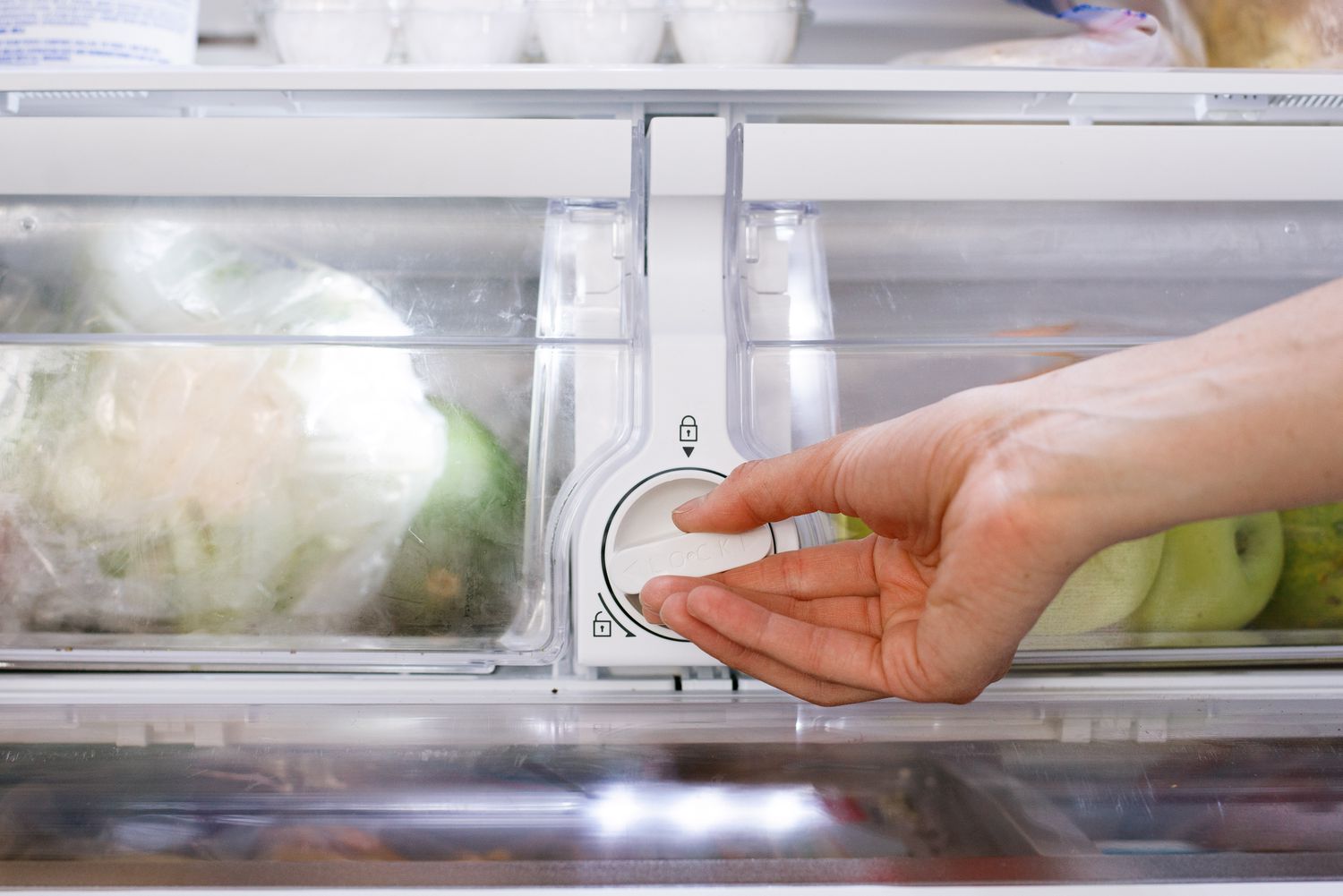
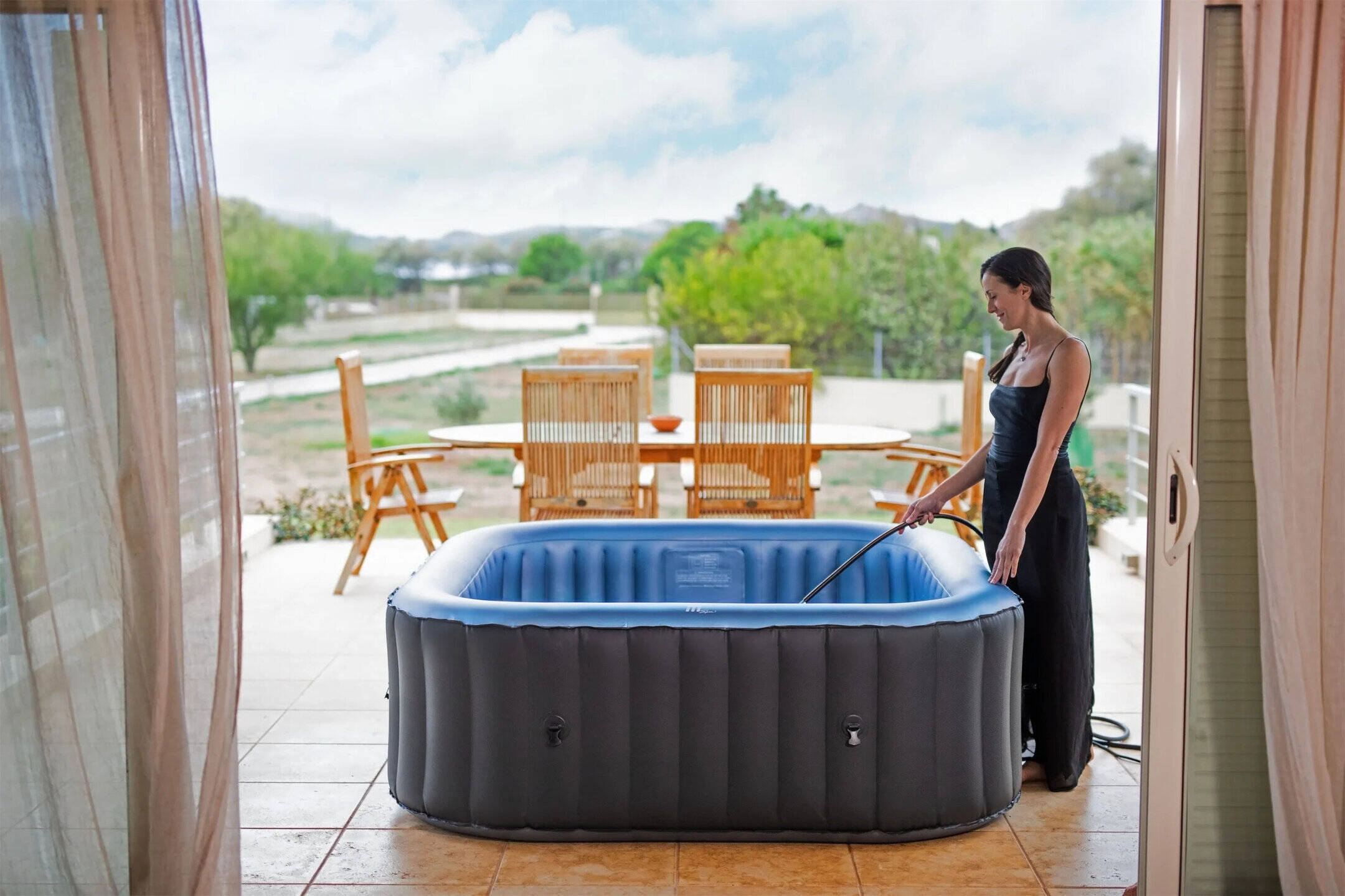
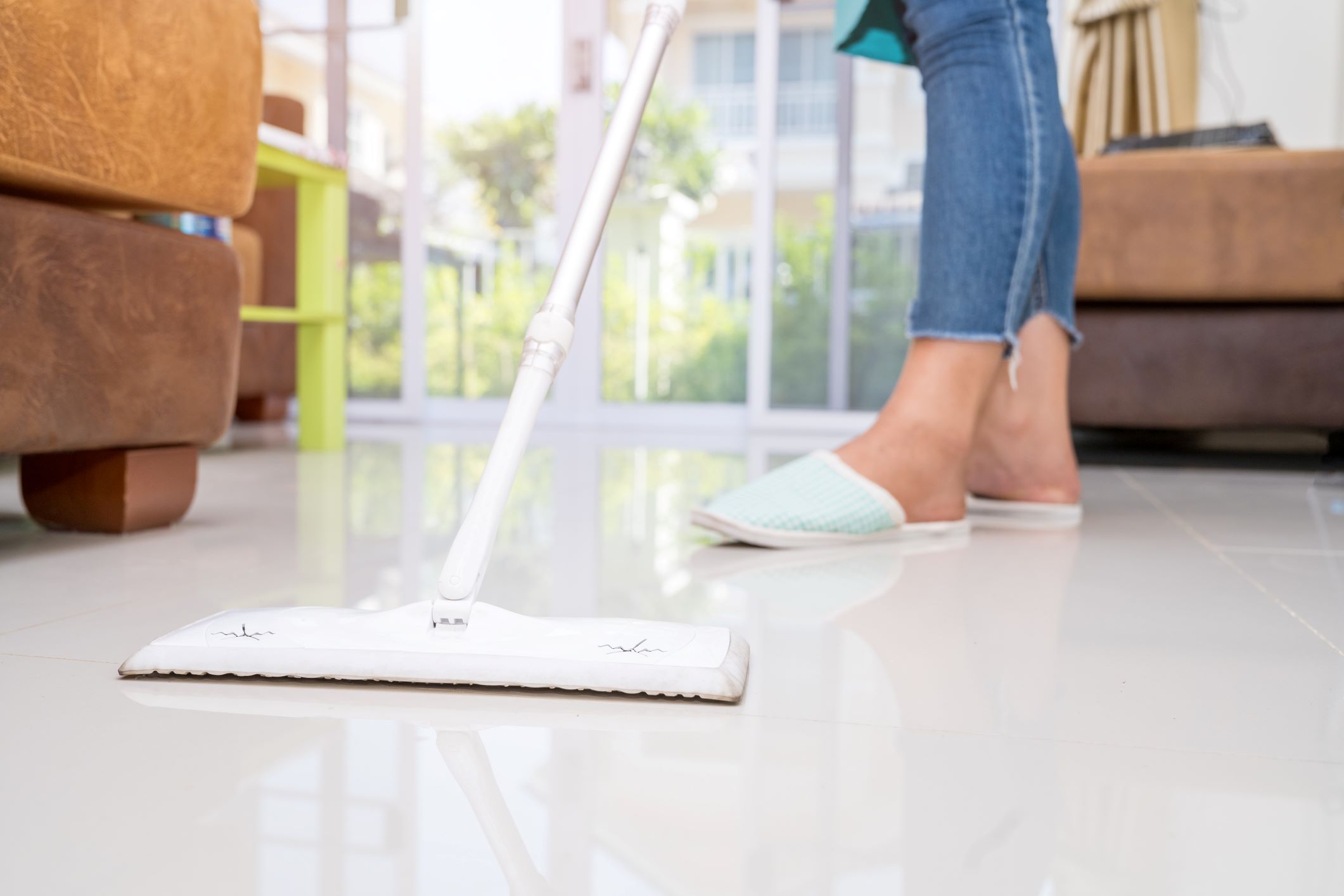
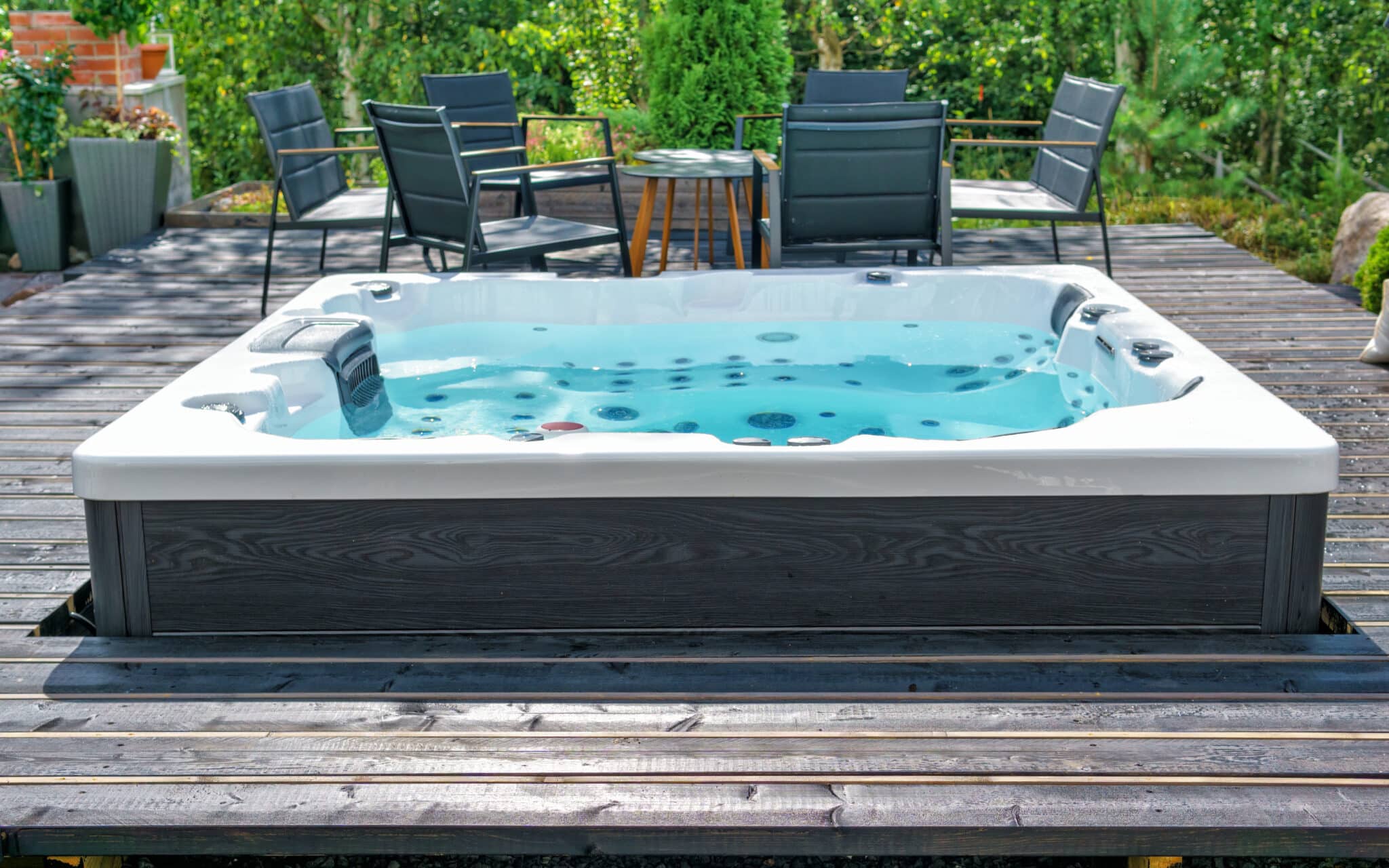
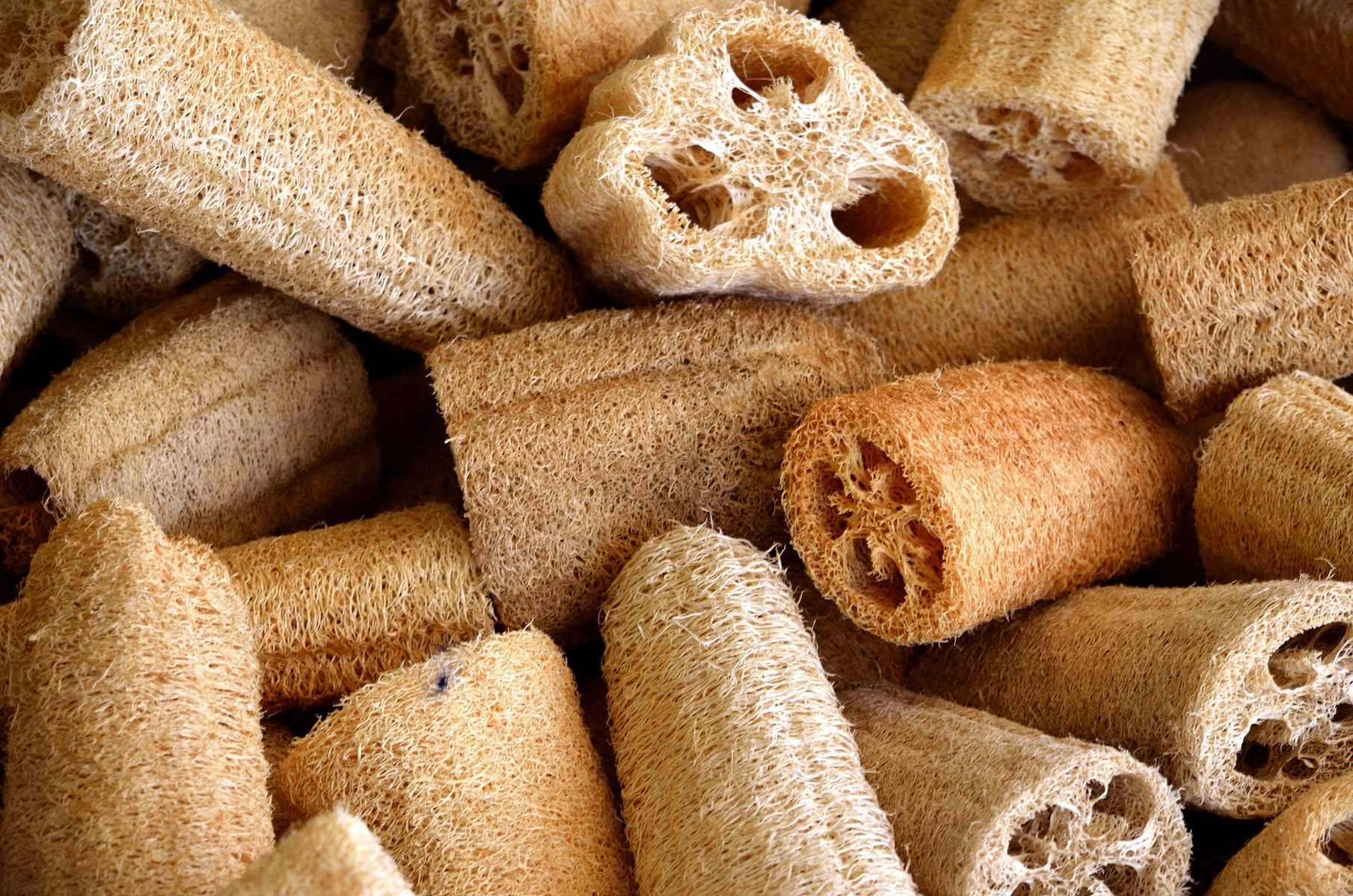
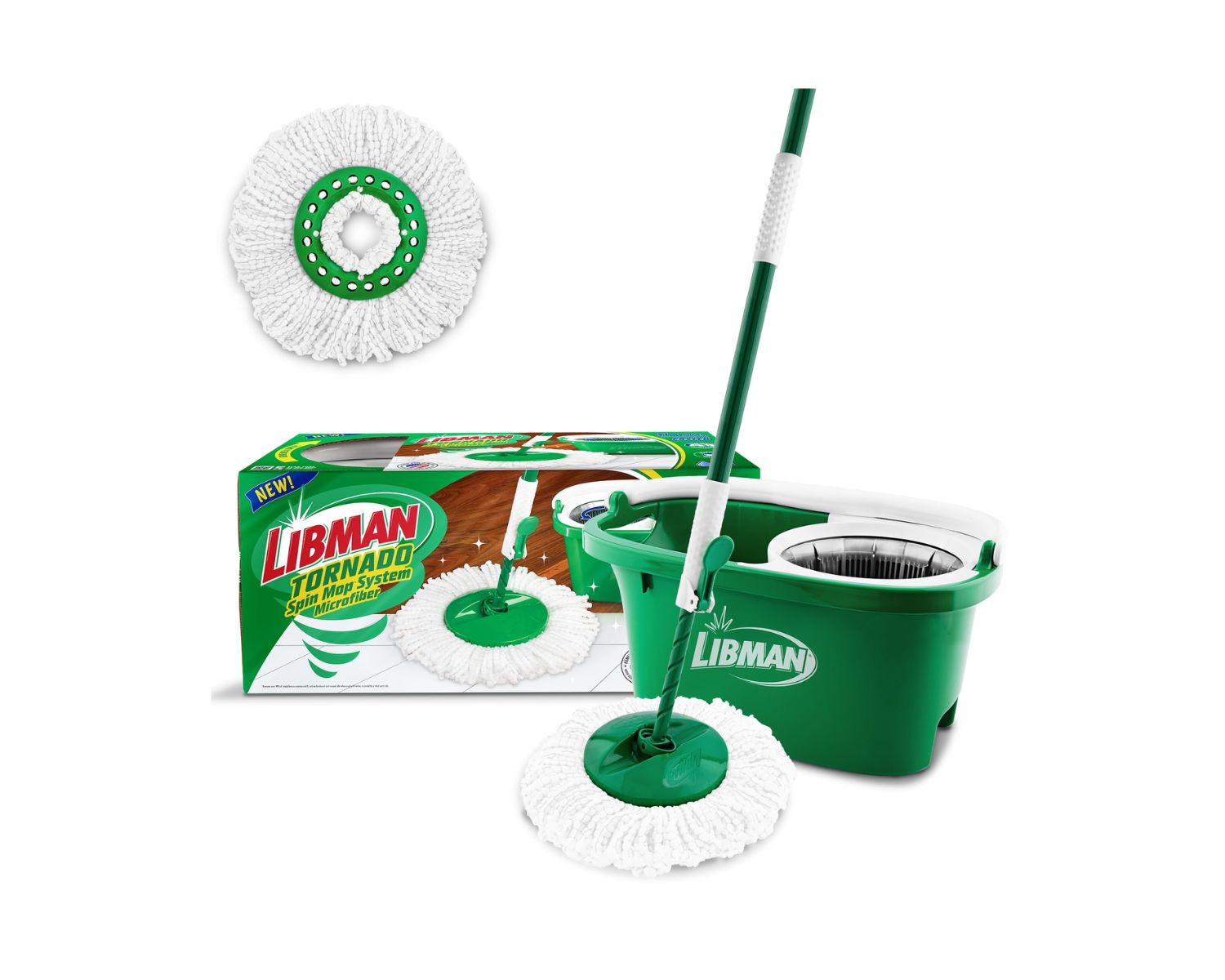
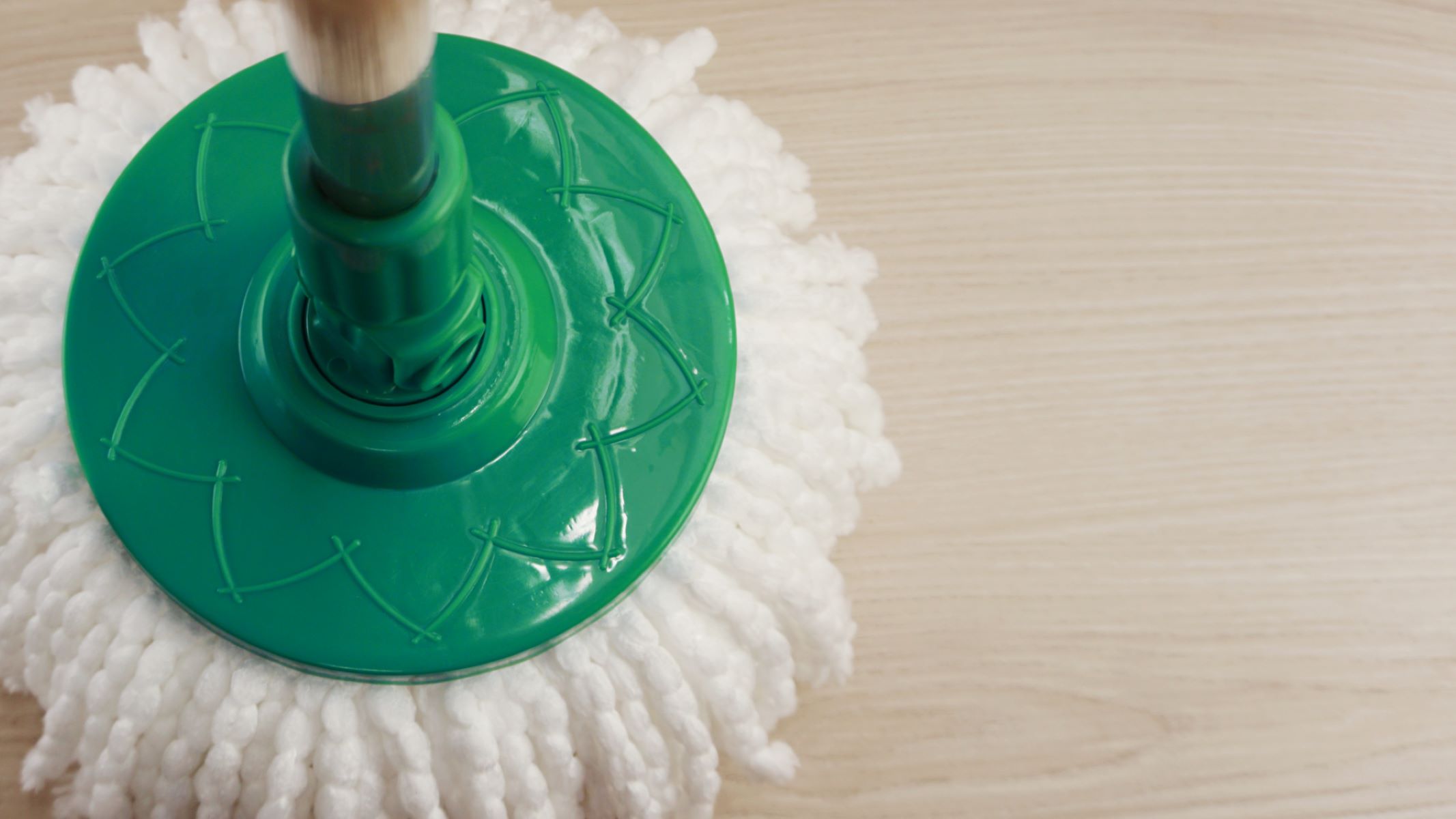
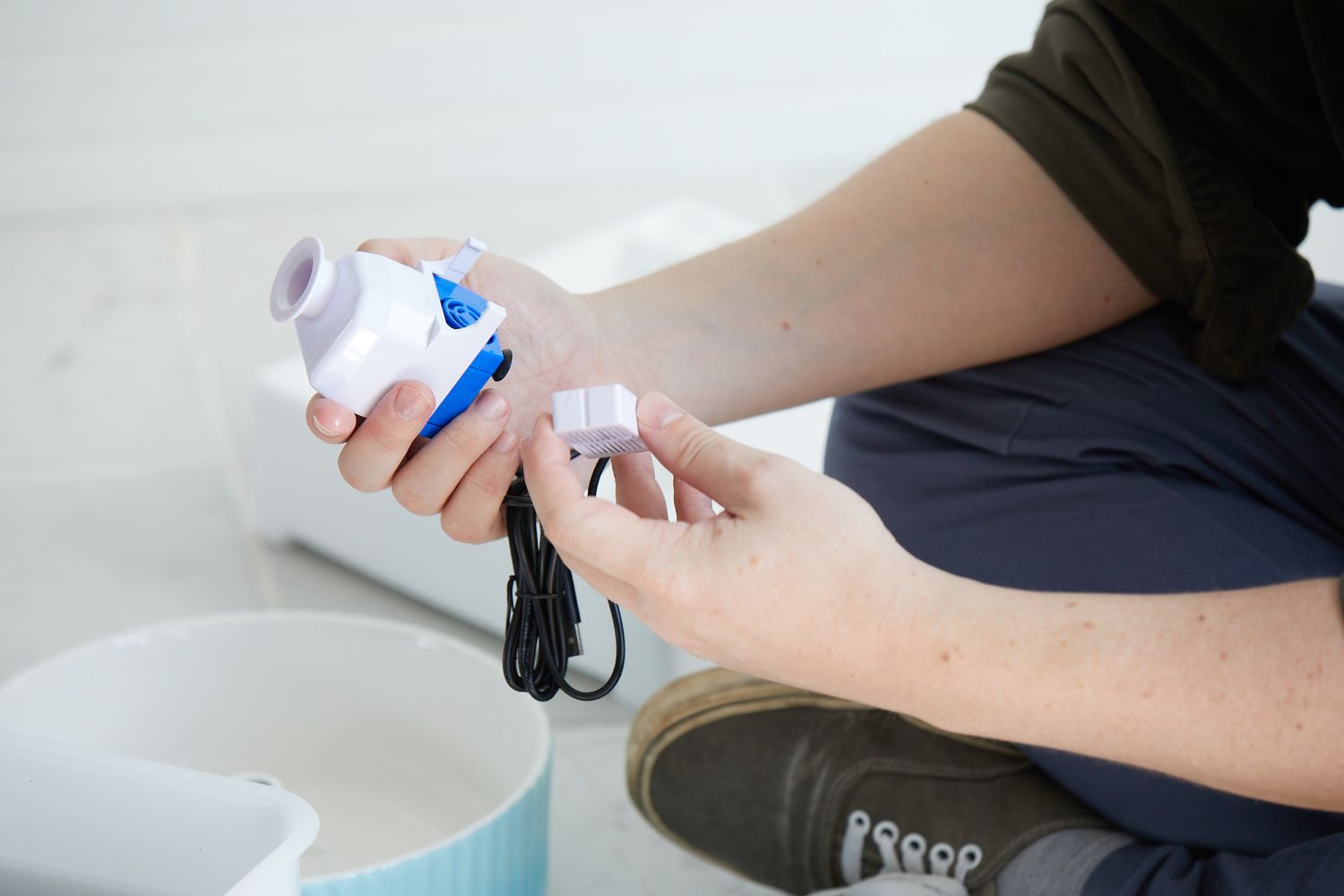
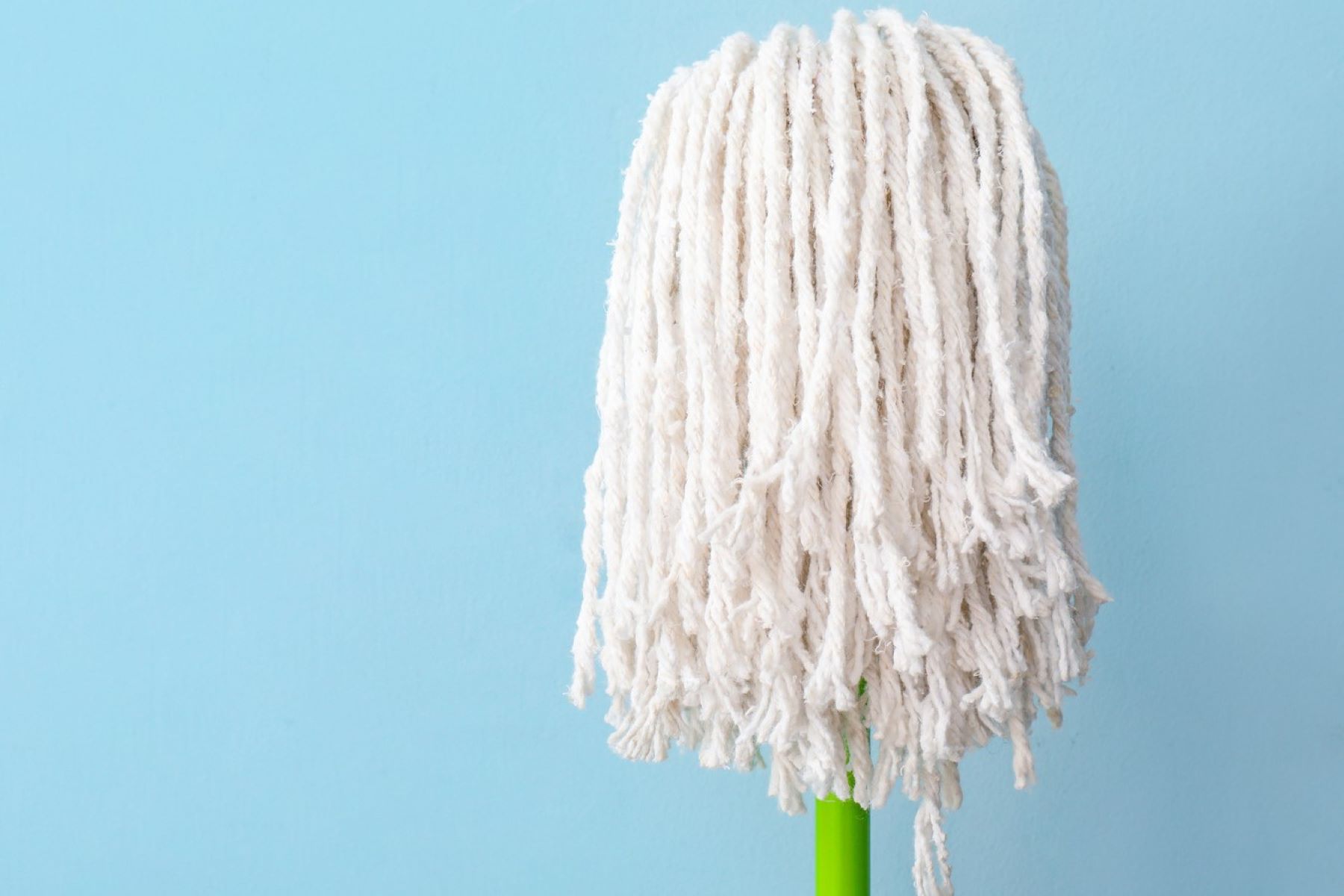
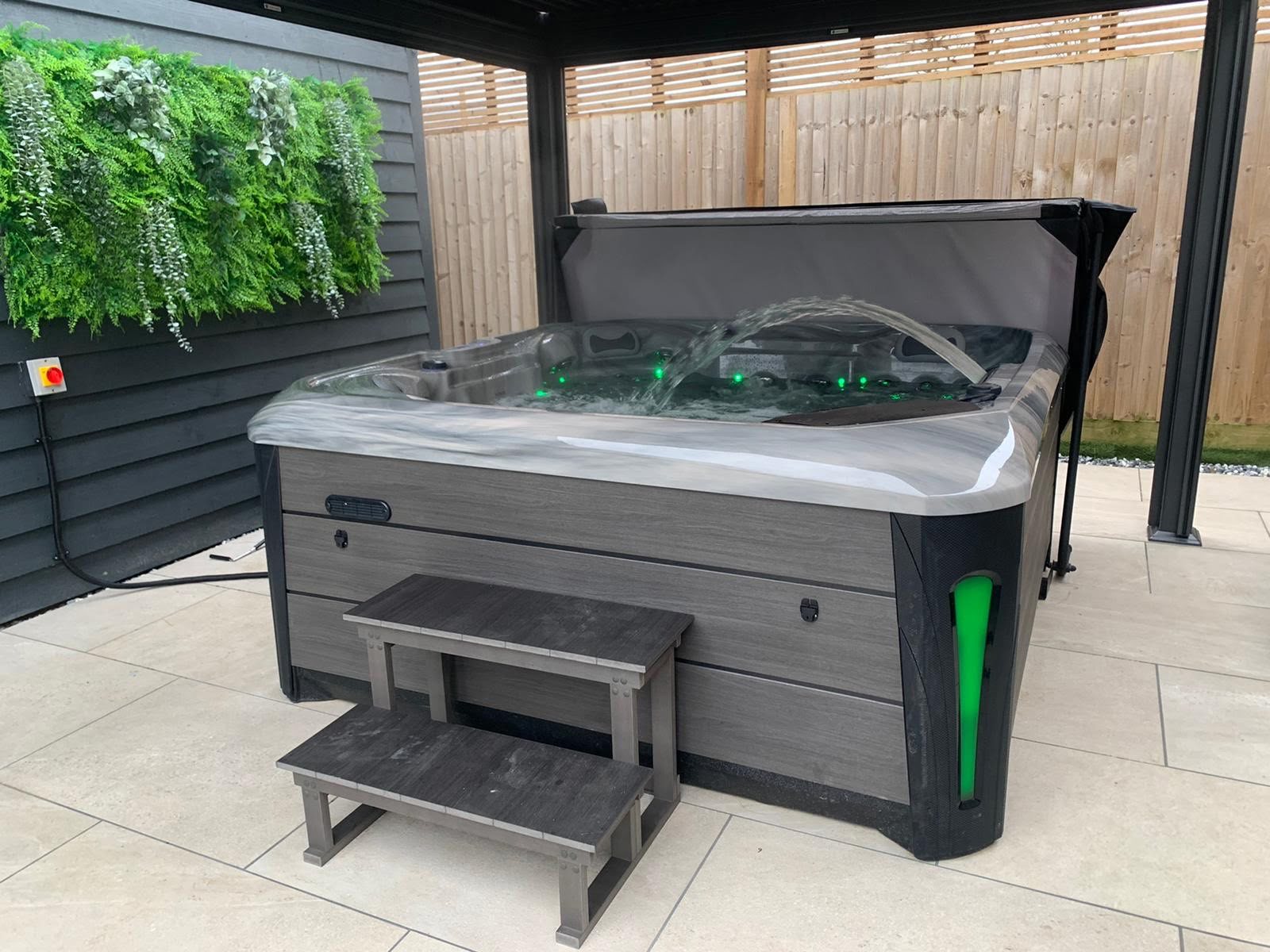

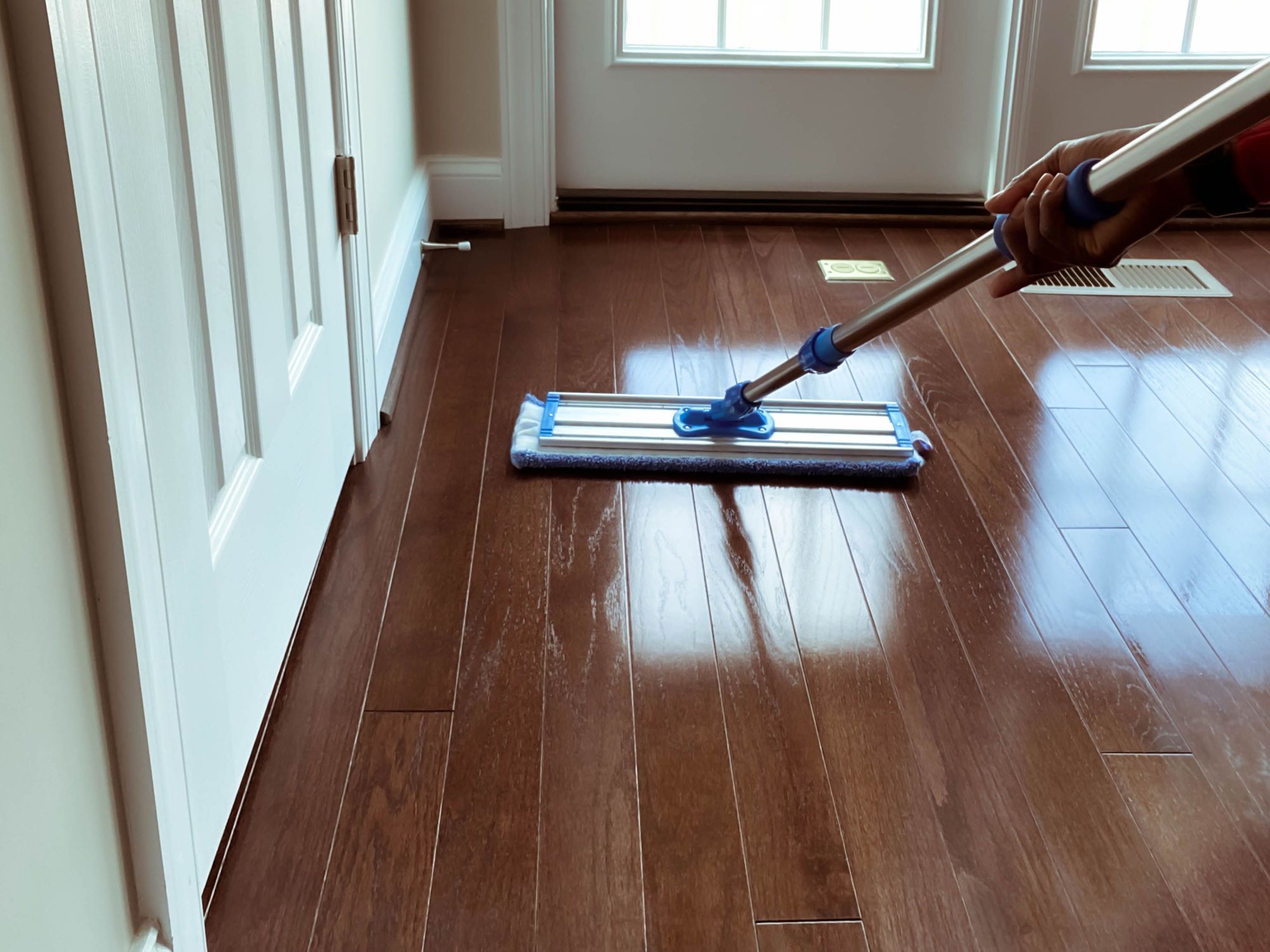

0 thoughts on “How Often To Change Mop Water”